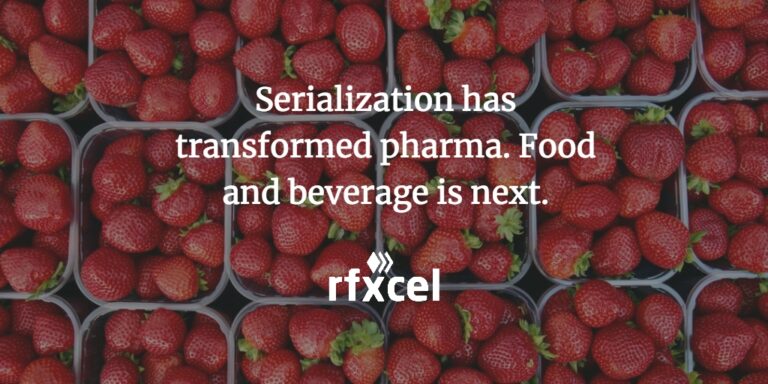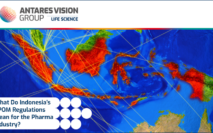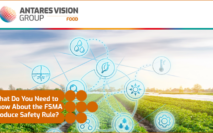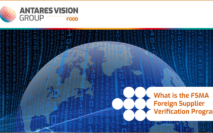Serialization has transformed pharma. Food and beverage is next.
The pharmaceutical industry, spurred by global regulatory demands, has begun to transform itself by adopting unit-level traceability through serialization.
It has also responded to the ever-present threats of fraud, adulteration, and counterfeiting by working to make the supply chain a tightly controlled, transparent system. And, importantly, companies have begun to use the richer, timelier data that serialization creates to gain competitive advantages and increase market share.
The food industry is at a different type of crossroads, but it may lead to the same place. Innovative leaders are beginning to see serialization as a key tool to mitigate risk and drive growth; they are realizing that it empowers real-time track and trace and authentication, targeted product recalls, personalized marketing, and other critical operations.
But what is serialization, exactly? Simply put, it’s the process of creating a unique identifier or code for every item you sell, a package-level ID that can add up to four orders of magnitude (lot/batch, pallet, case, item) to your supply chain visibility in a single step. With serialization, each production batch is transformed from a jumble undifferentiated packs to individual, traceable units that have quality metrics and event attributes associated with their data. This data, from harvest information to each item’s unique journey to the consumer, is transparent and specific, not opaque and broad, which amplifies its power for decision-making, quality assurance, and a host of other uses.
The automotive industry, an early adopter of serialization, provides a nice analogy. Think of your car’s vehicle identification number (VIN). It is unique and trackable. When you buy a used car, you don’t use the VIN to learn about Ford Explorers generally; you use it to find out about the exact car you’re looking at — its history, its real-time condition, and so on.
This is the power of serialization. Knowing the unique story of the very item you’re holding in your hand. The idea that this clamshell of strawberries or container of tomatoes or can of soda may have a different story than the one next to it, even if they look identical.
In a lot-based system, the lot code provides only limited data. All the pallets, cases, and units share the same basic information, even if there are crucial differences among the individual items, such as the provenance of ingredients or harvest dates.
Product tracking can begin to fall apart as soon as shipments arrive at a distribution center. Pallets can be re-routed and cases can be disassembled and re-packed before units are shipped to fulfill orders.
With serialization, each input or movement can be recorded. When individual units are serialized, so are the case and pallet. Scanning the case or pallet provides data for all units inside and allows proper tracking as that case is assembled and disassembled. That’s how end-to-end traceability happens.
By tracking this “parent-child” relationship between pallet and case, and case and unit, it suddenly becomes possible to deal with challenging logistics, such as just-in-time inventory and targeted recalls.
The marketplace is inundated with providers who want to sell you vendor management software disguised as a traceability solution. Don’t be fooled. To deliver on current, emerging, and future demands, you must have granular, actionable data that you can access in real time. This kind of data is much more powerful than what most companies rely on today to protect their business.
Alas, despite the incredible — and demonstrable — value of serialization, many believe cost is a barrier to adoption. The truth, however, is that stringent pharma regulations in the United States, EU, and elsewhere are driving innovation, making serialization technology more affordable and reliable.
Furthermore, many forward-thinking food companies already have many of the pieces in place to take the next step. These include line systems, enterprise resource planning (ERP) software, and warehouse management systems (WMS), which make operations more accurate and efficient, and are the foundation upon which truly transformative change can be built.
Serialization is the essential step toward a modern supply chain. It can help ensure you are protected now and prepared for future challenges, from changes in regulation to an unexpected recall. Instead of playing catch-up tomorrow, the wise company will consider serialization today.





